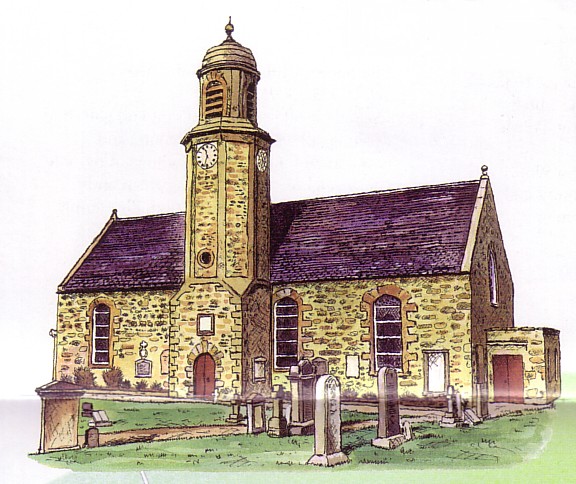HISTORY
of ELIE CHURCH
The
Church in Elie was built and endowed by William Scott of Ardross. It was opened for worship on
17th April 1639,
and the Parish of Elie was disjoined from that of Kilconquhar on
11th
September 1641. The steeple was not part of the original church: it was added by Sir
John Anstruther in 1726.
Elie
Church
is one of many examples of T-plan buildings which were erected in Scotland
in the 17th and 18th centuries. In these buildings we see the Reformed
emphasis on the Preaching of the Word with the pulpit being the centrepiece in
the middle of the long wall.
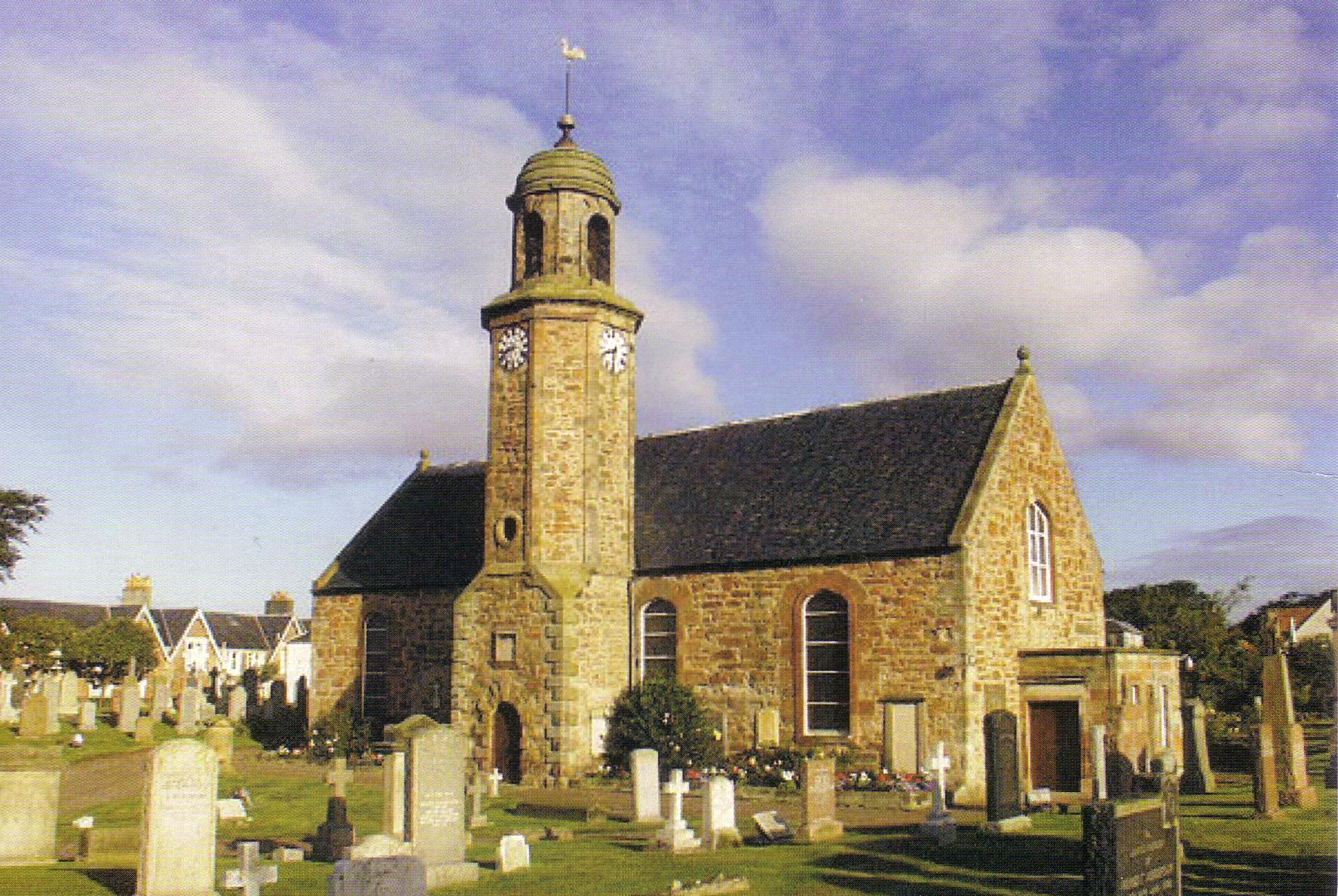
Two of
the ministers in the first hundred years of
Elie
Church
point us to the turmoil in the Scottish
Church
in earlier centuries. Robert Wemyss became Minister of Elie in 1649, but
he was deprived of the living in 1662 and deposed in 1665 because he refused to
accept Episcopacy, which had been re-introduced at the Restoration by Charles
II. James Chalmers, who was Minister of Elie from 1701 to 1741, was the
great-grandfather of Thomas Chalmers, one of the leaders of the Disruption in
1843.
After the Disruption in 1843 a congregation of the Free Church was
established in Elie. The Free Church building stood in Bank Street
on the site that became the car park for the former Golf Hotel and upon which a
housing development was recently build. The Free Church was latterly known as Wood
Memorial
Church: this name was a tribute to the Revd. Walter Wood who was Minister of
the Free Church from 1845 to 1882. The two churches were re-united on
5th June 1949, and Wood
Memorial
Church
was demolished some years later when it was decided that the Old
Parish
Church
should be the place of worship.
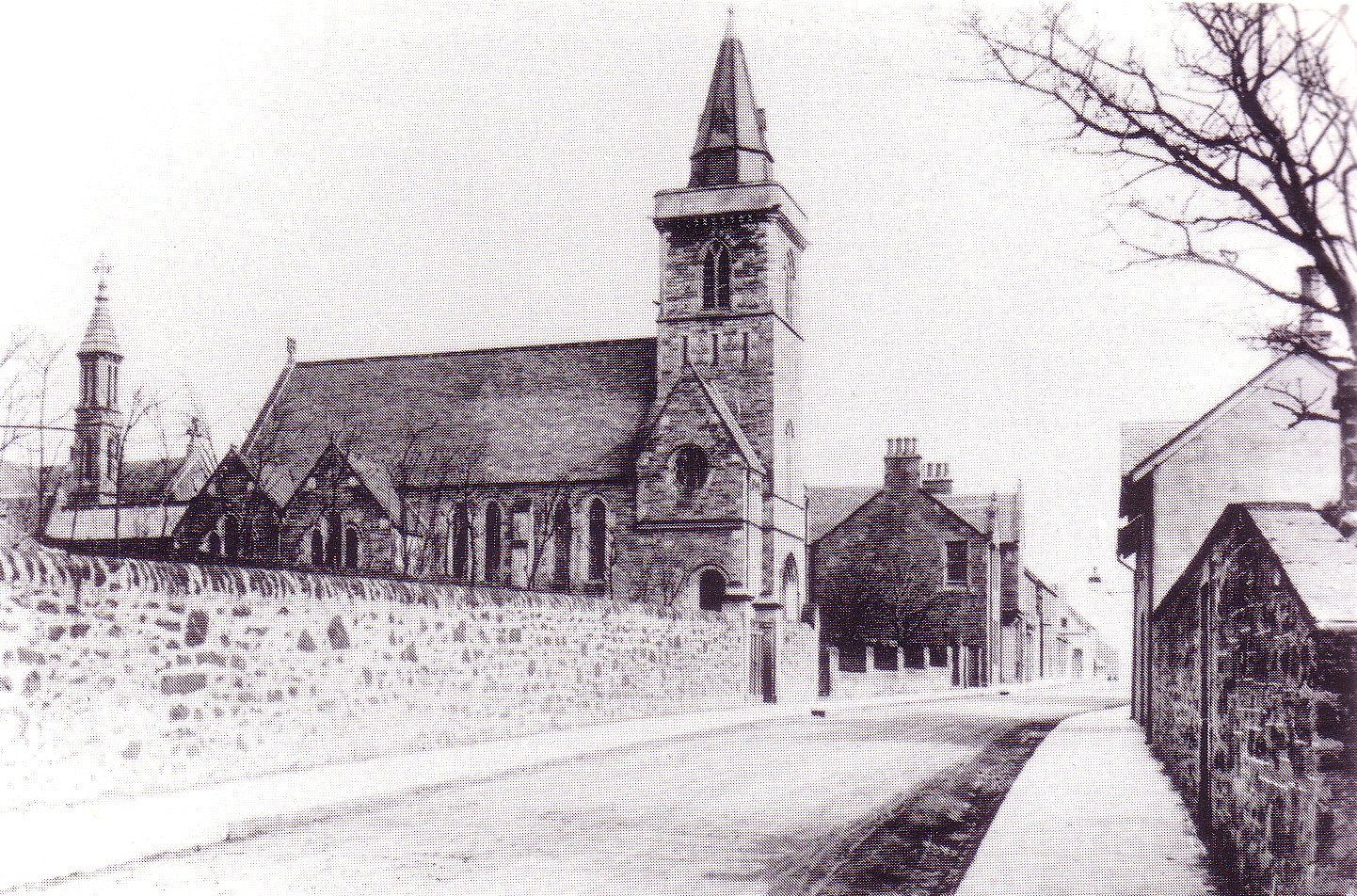
Wood Memorial
Church
The Parish of Elie was once again linked with that of
Kilconquhar when Elie Parish
Church
became linked with Kilconquhar and
Colinsburgh
Parish
Church
on 24th April 1977. From
that date one minister has served the two parishes.
Many of the present features of Elie
Church
are not part of the original fabric.
The Pulpit, Communion Table and Chairs were presented
in 1906 in memory of Mr. Archibald McDowell, a regular visitor to Elie who took
a great interest in the Church. These
furnishings are designed in the late Gothic style. A new Baptismal Font was
introduced after the union of the churches in E1ie, and in 1983 a pedestal
Lectern was presented in memory of Mrs. Agnes Glasgow, whose generosity has provided
for the maintenance of the fabric through the establishment of the Glasgow
Trust for
Elie
Parish
Church.
The stained glass windows on either side of the pulpit were gifted towards
the end of the 19th century. The other windows in the east and west aisles and
the window in the north gallery were originally in Wood
Memorial
Church. The window opposite the organ was added in 1983. The Walker Pipe Organ
was gifted in 1965 and replaced an earlier instrument installed in 1906. In the
west aisle there is a Memorial Tablet to James Horsburgh FRS, who was born in
Elie in 1762 and served as Hydrographer to the East India Company. There is another
plaque in his memory outside his house at 18 Bank Street.
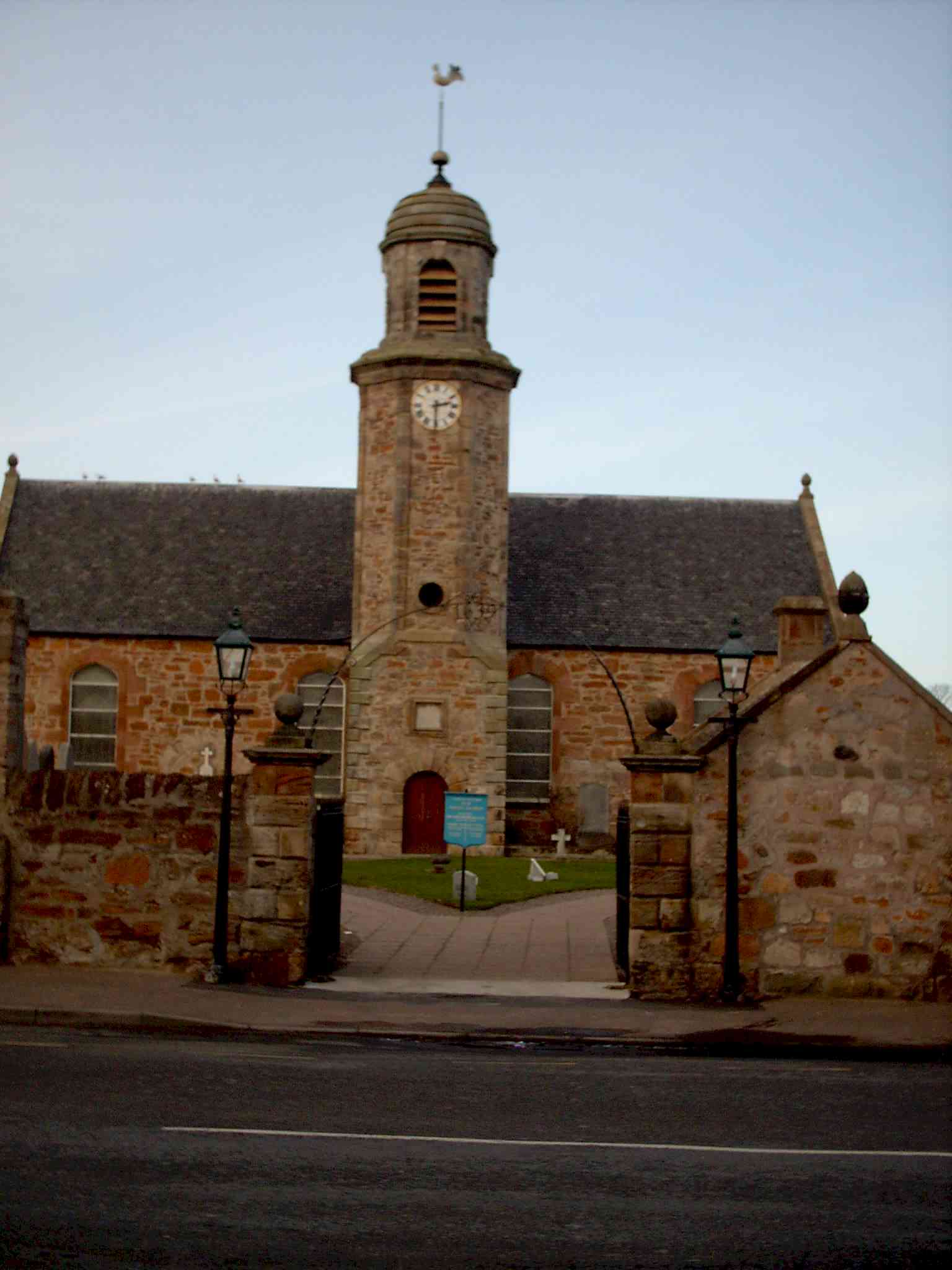
The
pair Victorian street
lamps either side of the main Church gates on the High Street were
restored and gifted to the Community to mark the Golden Jubilee of HM The Queen
in 2003. These lamps came originally from the railway station and were latterly
used in the car park of the former Golf Hotel. They were purchased for
preservation in October 2001, when the hotel closed.
Since Elie
Church
was built there has been a number of alterations, each of which has been
designed to improve the fabric and the appearance of this place of worship. It
stands today as a sanctuary for the residents of Elie and the many visitors to
Elie - a place in which they come together Sunday by Sunday to worship God. Elie
Parish
Church
is in this most important sense what it has always been - a place where
the Word of God is proclaimed and the Name of God is praised.
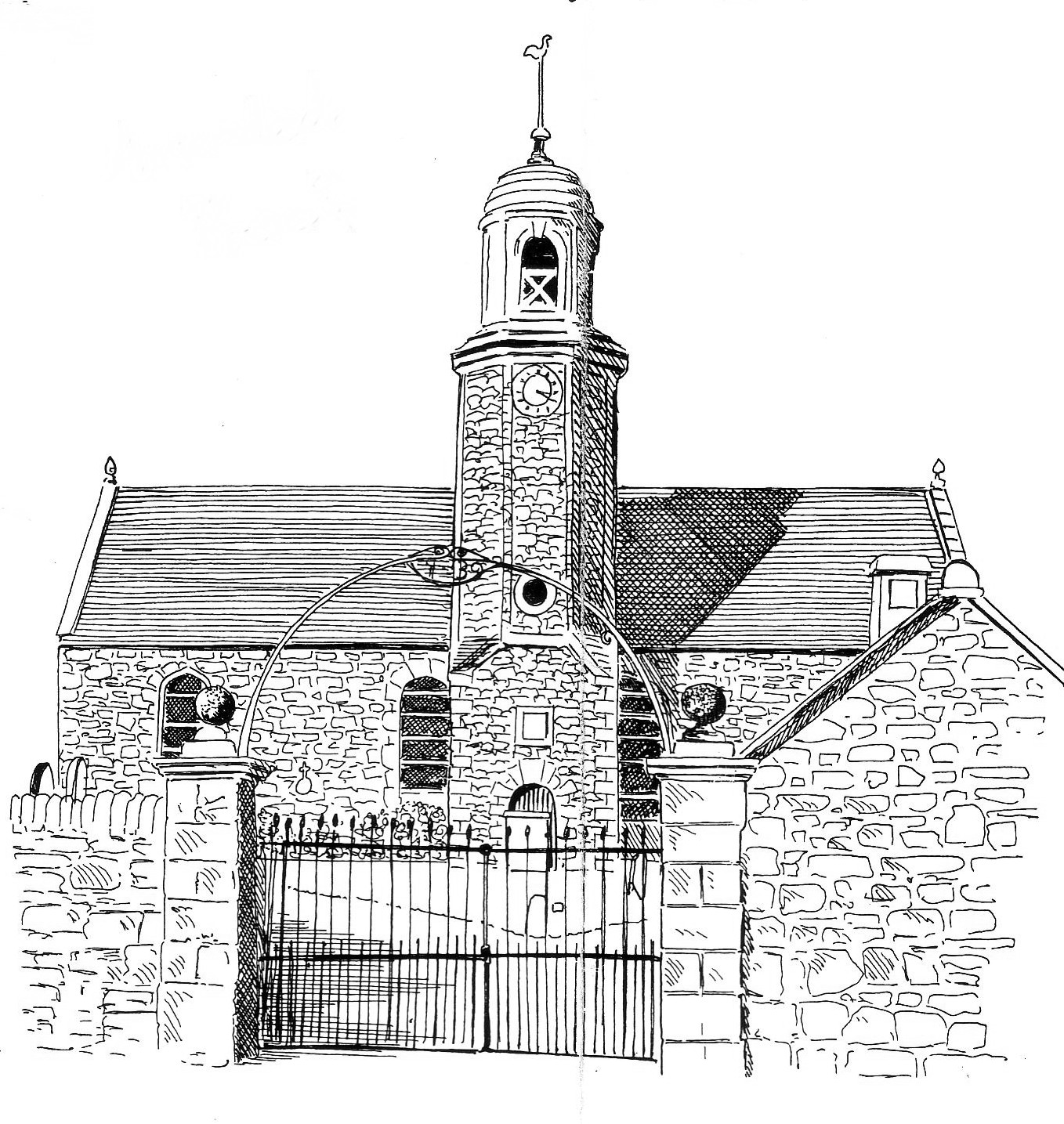
Back to top
